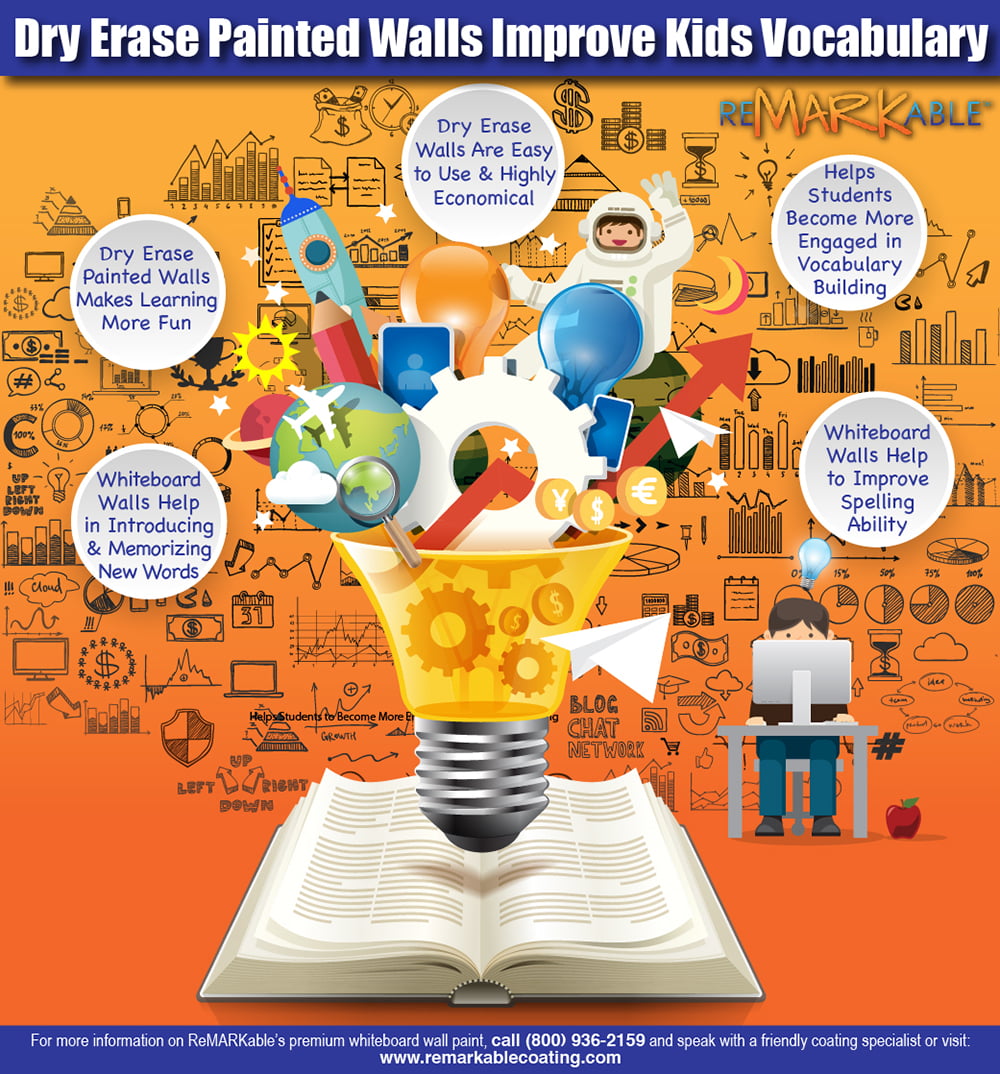
Using a Dry Erase Painted Wall to Improve Kids’ Vocabulary
Premium dry erase painted walls have a myriad of uses in elementary, middle, and high school classrooms, and among their most practical applications is in the teaching of vocabulary. A dry erase wall can be your handiest classroom colleague as it stands right in front of you every day, waiting to be filled with new vocabulary words for your students to learn. With a healthy measure of collaboration, competition, and action, using a dry erase wall for group vocabulary activities can be an excellent way to do both vocabulary warm-ups and revision all during the semester. Besides, it gives you a great excuse to get yourself and your students a new set of multi-colored low-odor dry erase markers!
The following are some advantages of using a premium dry erase wall as the ideal vocabulary-building medium for your students.
Dry Erase Walls Are Easy to Use and Highly Economical
Top-quality dry erase painted walls are extremely useful both for teaching new vocabulary and for reinforcing previously learned words. They’re also highly economical when compared to traditional framed whiteboards. The vast open surface of a dry erase wall offers virtually unlimited room for vocabulary lessons and activities, lasts for ten-plus years of regular use, and is easy to write on and erase. In contrast, traditional whiteboards have limited surface areas and often limited life spans and are subject to staining after a time, thus becoming hard to erase and in need of replacement.
Helps Students to Become More Engaged in Vocabulary Building
Numerous studies have shown that writing on a large vertical surface like a premium dry erase wall dramatically enhances children’s creativity and desire to engage in school work. Writing out vocabulary words with colorful dry erase markers on the massive canvas of a dry erase wall is much more fun and engaging than writing the exact words with pencil and paper on a small desk or table. Because of the freedom and mobility they experience, young students become more excited and connected with their learning when they do vocabulary work on a dry erase painted surface. Working as freely as they want on a large open dry erase wall makes children more involved in exploring new academic content and remembering new words.
Also, students’ spelling errors can be easily erased and revised so that potential embarrassment about making mistakes is reduced. In contrast to writing in a notebook or on a flip chart, writing with markers on a dry erase wall is less permanent. With one swipe of a microfiber cloth, mistakes can be removed and new answers written in. This feature makes learning vocabulary more enjoyable, especially for children who struggle with correct spelling and word meanings.
Whiteboard Walls Help to Improve Spelling Ability
Dry erase walls are popular and effective tools for teaching children how to spell because they require students to not only spell a word but also to write it out in large letters for all to see. In this way, the children are practicing two academic skills simultaneously and also memorizing the way the word appears in print every time they write it. Having students put words in writing while at the same time spelling them aloud is a time-honored teaching technique that helps with the memorization of both correct spelling and definitions.
Writing out vocabulary words on the huge canvas of a dry erase painted wall is highly entertaining for children as well. The process holds their interest much better and longer than traditional methods such as rote memorization from vocabulary lists in textbooks. You can shout out words and have your students write and spell the words as quickly and correctly as possible on your dry erase wall. You might also have the kids play traditional pen and pencil games such as hangman on your wall in combination with the writing and spelling of vocabulary.
No matter what technique you choose to teach your students about correct spelling, it’s essential to work at their own pace and avoid moving too quickly or dragging lessons out too long. Children, particularly young ones, can quickly lose their focus and comprehension of new vocabulary if words are presented too quickly or too slowly. It’s up to the teacher to redirect the children’s attention to the learning at hand and adjust the pace of a lesson appropriately.
Whiteboard Walls Help in Introducing and Memorizing New Words
A dry erase wall can be an invaluable tool for teaching new words to your students and helping them memorize spelling and definitions. As the wall offers more than enough surface area to post a large amount of vocabulary at one time, this can be helpful if you want your students to know in advance which words they’ll be learning for an extended time, such as a month. Also, for weekly vocabulary instruction, you can collaborate with your students to select three to five new words a week that the students are likely to use or encounter most often in academic and daily life or words that relate to other vocabularies that they already know.
When picking vocabulary words to teach each week, you may want to select so-called Tier 2 words. These words, for instance, interpret, assume, necessary, and examine, are used in many different types of contexts and subject areas and so are extremely useful for students to memorize and master.
Once you and your students have chosen your vocabulary words for the week, find student-friendly definitions. Locate resources that you and your class can consult to produce a definition for each new word. The definition must be easy to understand, be written in ordinary language, and encapsulate the word’s customary use.
Then introduce each new word to your class one by one. First, clearly pronounce the word out loud, then ask your students to repeat the word in unison. As a visual aid, use your dry erase painted wall to write out the words and their definitions in large letters for all students to see and memorize. Presenting visuals related to the words’ meanings can also be helpful for memorization. These may include sketches drawn on your dry erase wall, videos, or other media techniques.
Erase Painted Walls Makes Learning More Fun
A dry erase wall is also an ideal tool for teaching vocabulary skills through the fun activity of game playing. Among the many vocabulary-building strategies that you can use in the language arts classroom, the acrostic game is an all-time teacher favorite. Not only is the activity no-prep, but it’s also an extremely effective teaching technique that can be used as a starter at the beginning of a topic for vocabulary development and also during revision.
How to Play the Vocabulary Acrostic Game
1. First, present the students with a wide-ranging topic word, for example, traveling, exercise, or education, then write the word vertically down the left side of your dry erase wall, one letter after another.
2. Next, ask the students to write one strong word in their notebooks that begins with each letter of the topic word. Inform the students that they will earn points for their words, and prizes will be awarded at the end of the game. Here’s an example of a topic with related words.
Sunbathing
Underwater
Motorboat
Midsummer
Exercise
Recreation
Tanning
Independence
Muggy
Entertainment
3. When most students have finished working, or after an established period of time, ask the students to share their ideas as a group and to write their words in the appropriate places on the dry erase wall. Give a point for the most original related word (students can choose) and a point for the greatest number of letters in a word overall, then award a gift. Finally, have the class write down all of the words written on the wall so they can have a little more vocabulary practice.
This game is a no-prep vocabulary-building strategy that’s really effective in teaching vocabulary revision and the sharing of ideas. Remember to also ask students to write sentences, questions, and answers using the words to help them get familiarized with the terms in context.


























































































![ReMARKable’s Winter Sale is Here! [25% Off + Free Shipping]](https://www.remarkablecoating.com/wp-content/uploads/2018/01/Red-Tag-Winter-Fashion-Facebook-Post-1-440x264.png)















![Drive Your Organization Into Openness and Watch it Expand [20% Off Whiteboard Paint]](https://www.remarkablecoating.com/wp-content/uploads/2016/04/Drive-Your-Organization-Into-Openness-and-Watch-It-Expand.-1-440x264.jpg)

![30% Off St Patrick’s Day Sale! [Details Inside]](https://www.remarkablecoating.com/wp-content/uploads/2016/03/Glorious-1-440x264.png)


![Giant Leaps Forward Require Big Spaces. [Leap Year Sale Event!]](https://www.remarkablecoating.com/wp-content/uploads/2016/02/Giant-Leaps-ForwardRequire-Big-Spaces-440x264.jpg)

















![ReMARKable Summer Sale 2018 [28% Off Whiteboard Paint]](https://www.remarkablecoating.com/wp-content/uploads/2018/06/Blue-Simple-Line-Beach-Facebook-Post-1-440x264.png)







































































































































































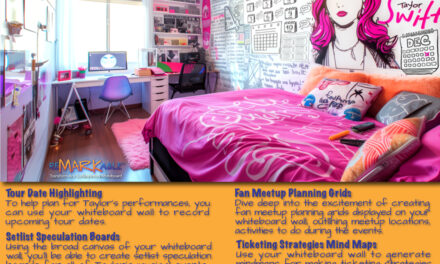


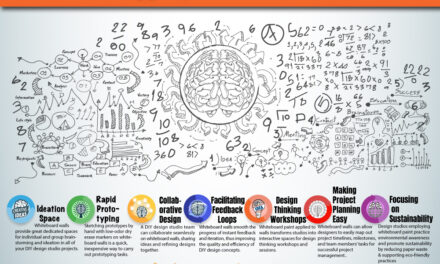
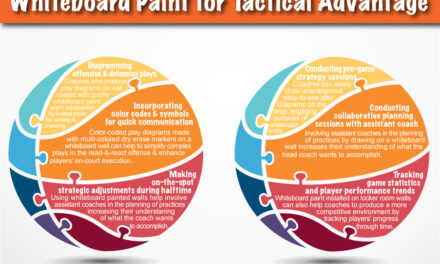
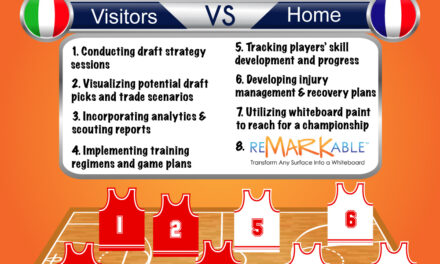



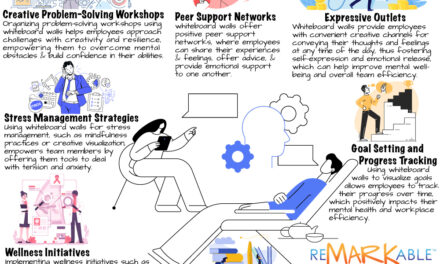
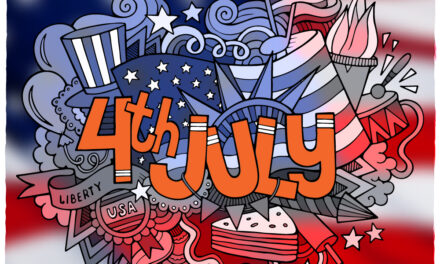
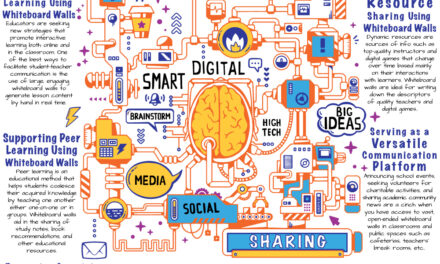
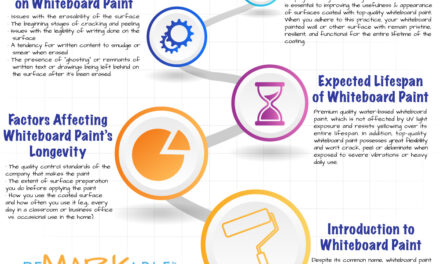
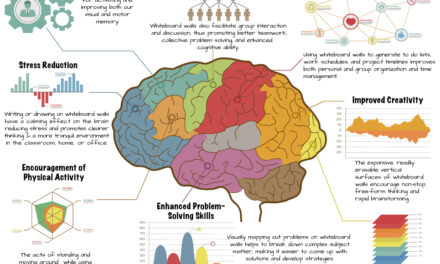


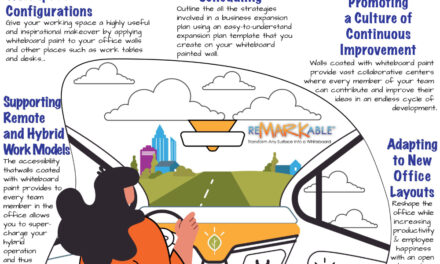


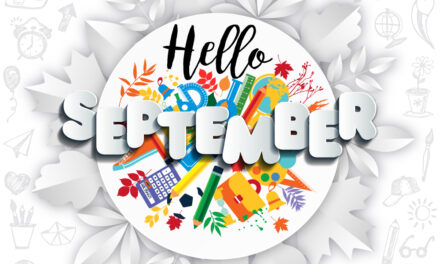

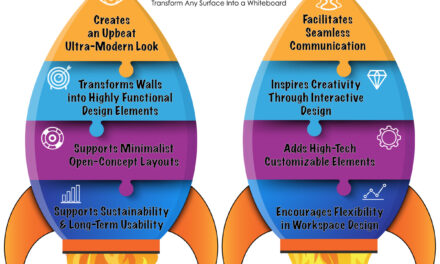

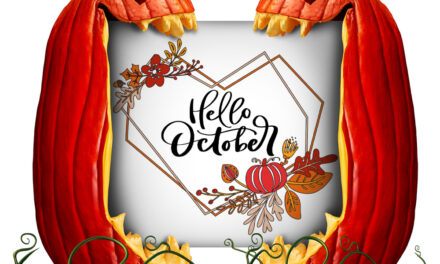


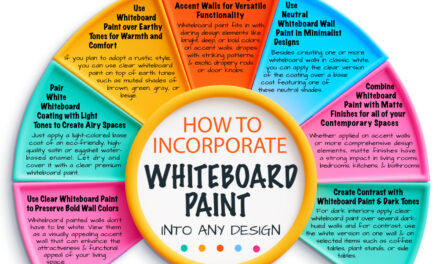

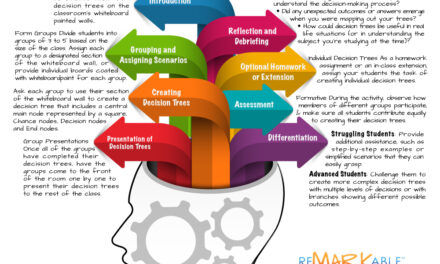

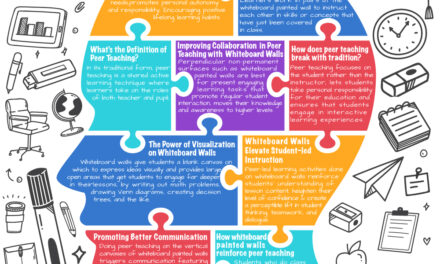
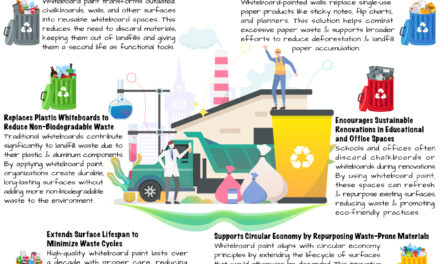

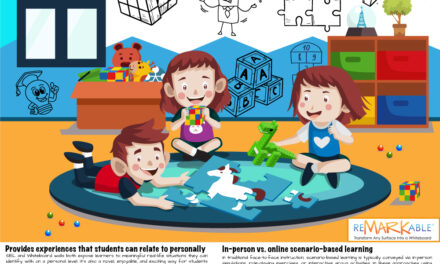

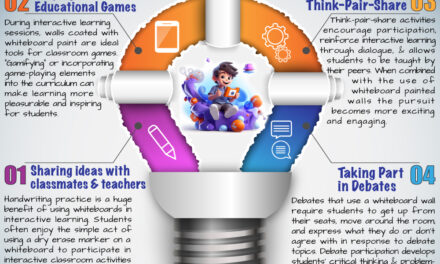


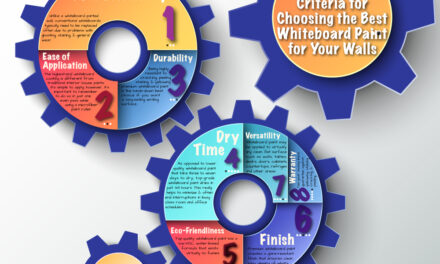
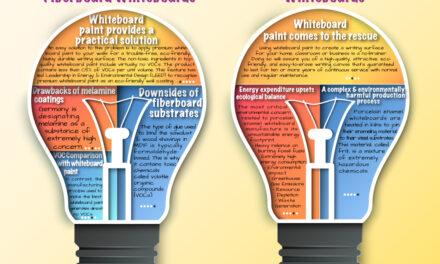
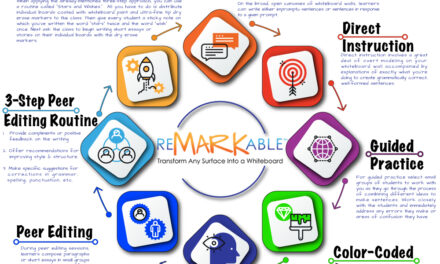


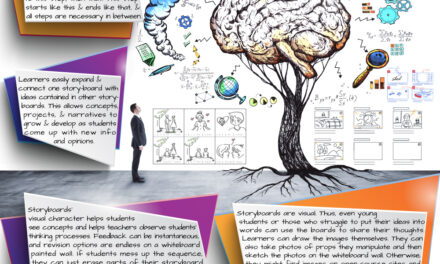
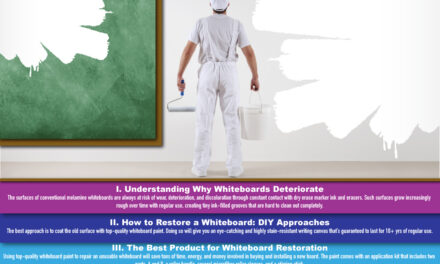


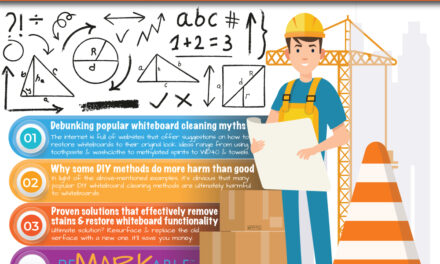
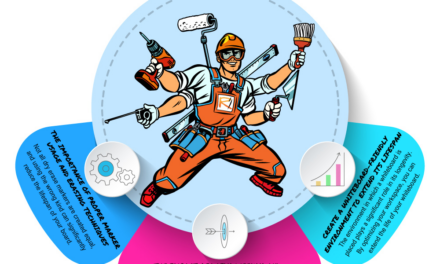

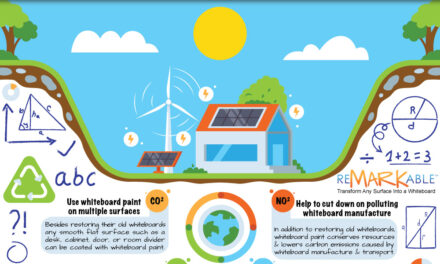
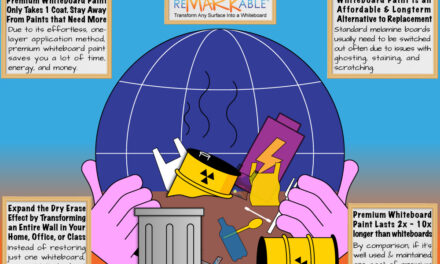
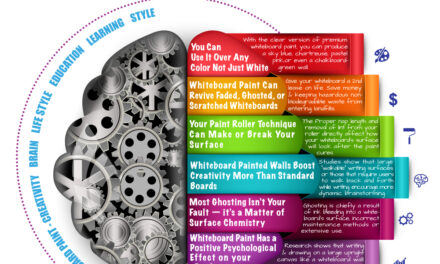
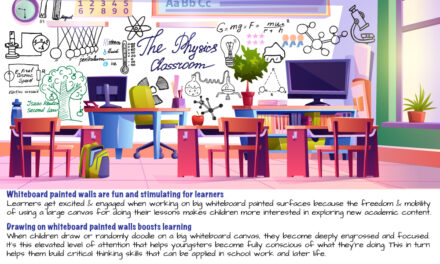
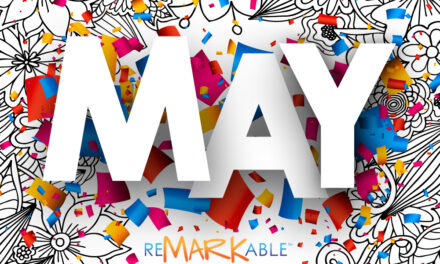
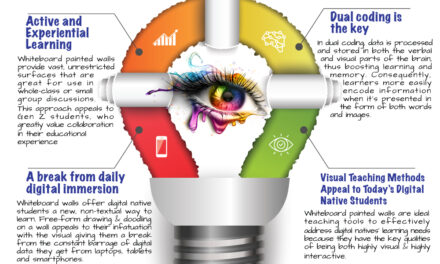
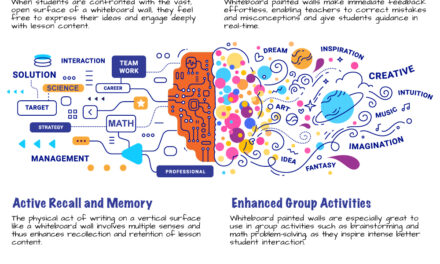
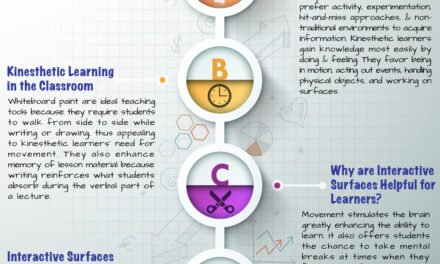

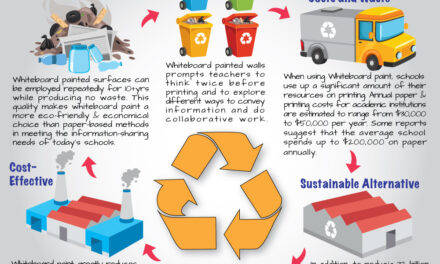
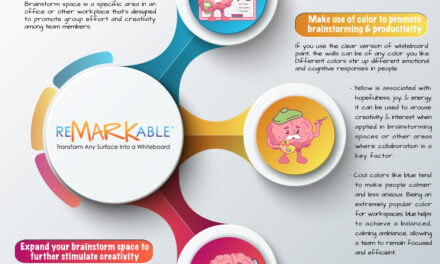
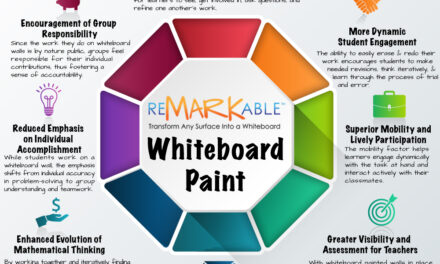
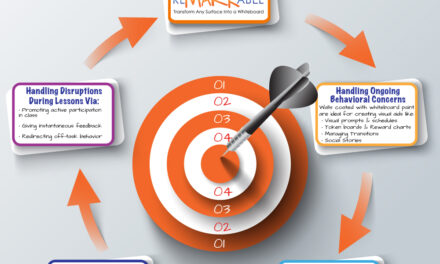
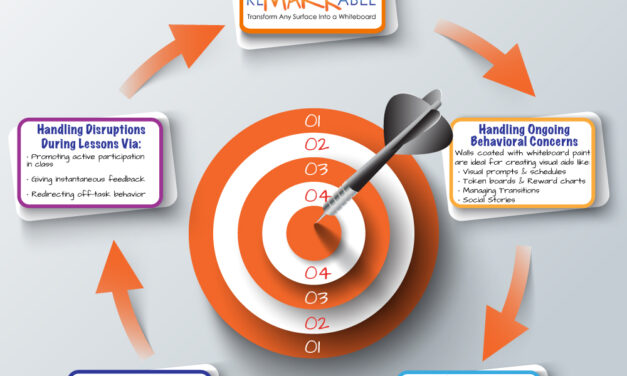
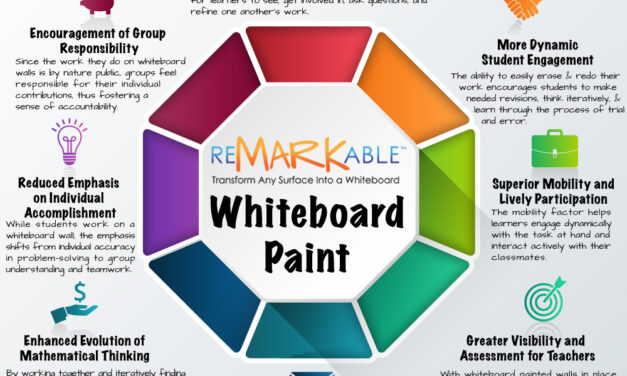
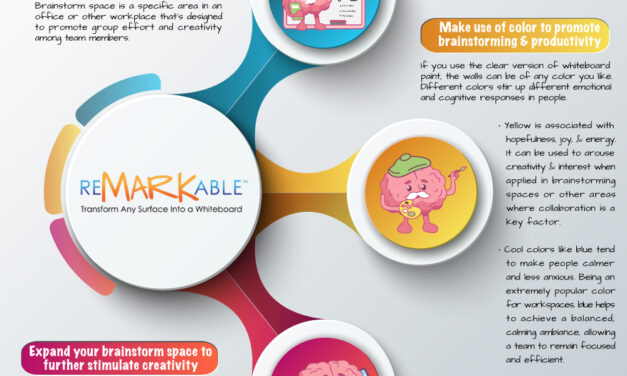


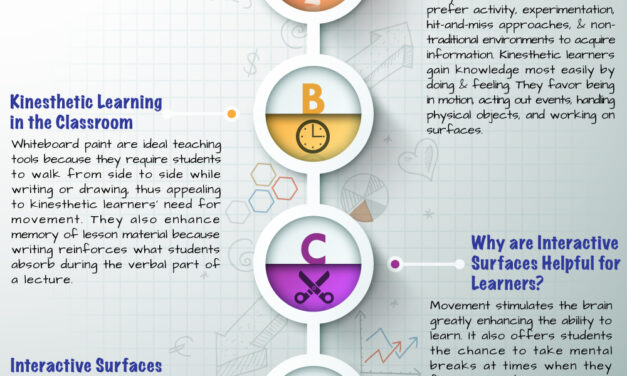





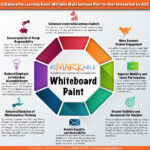
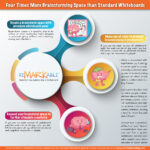
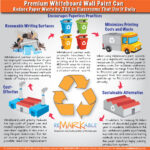

0 Comments